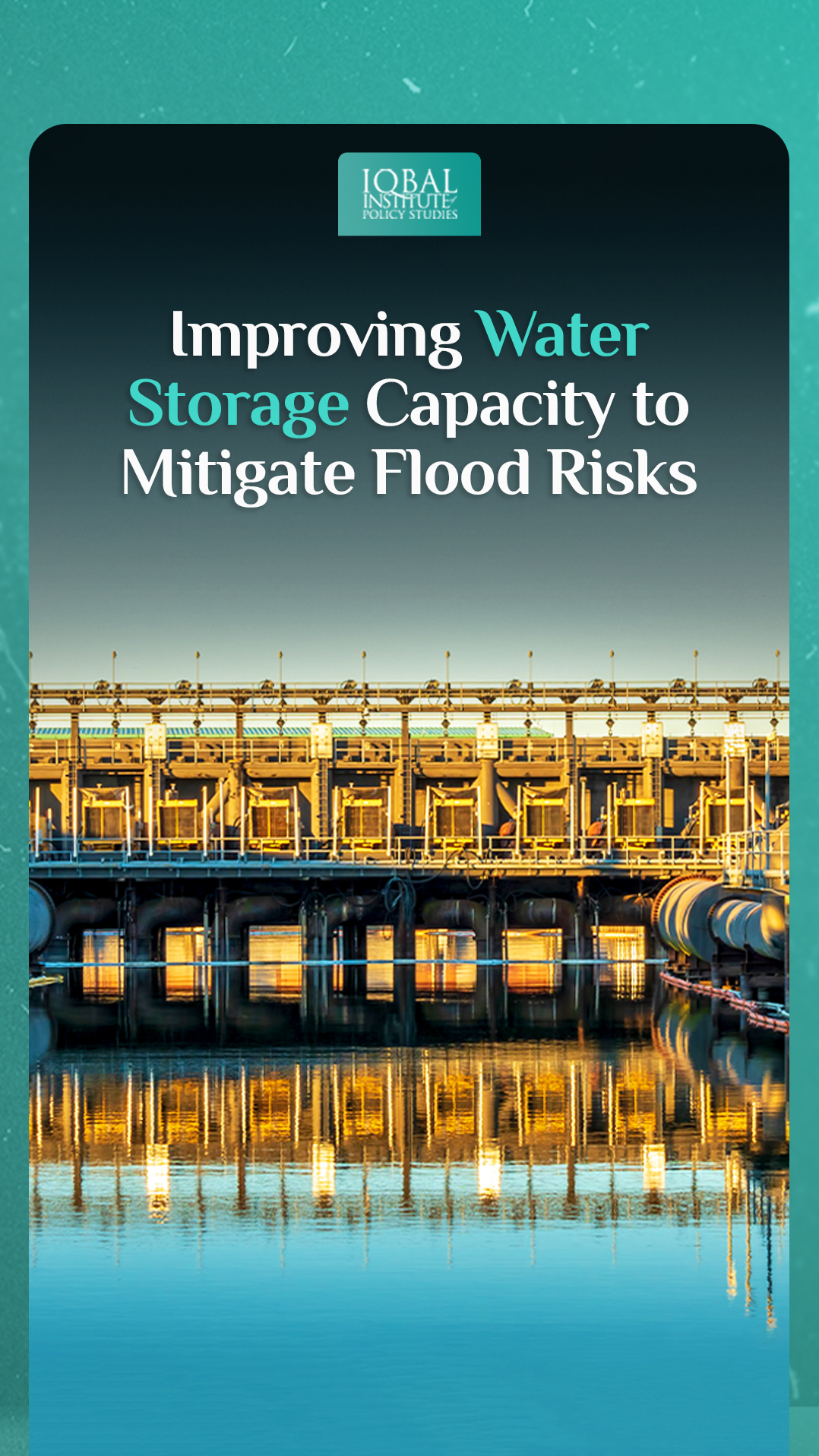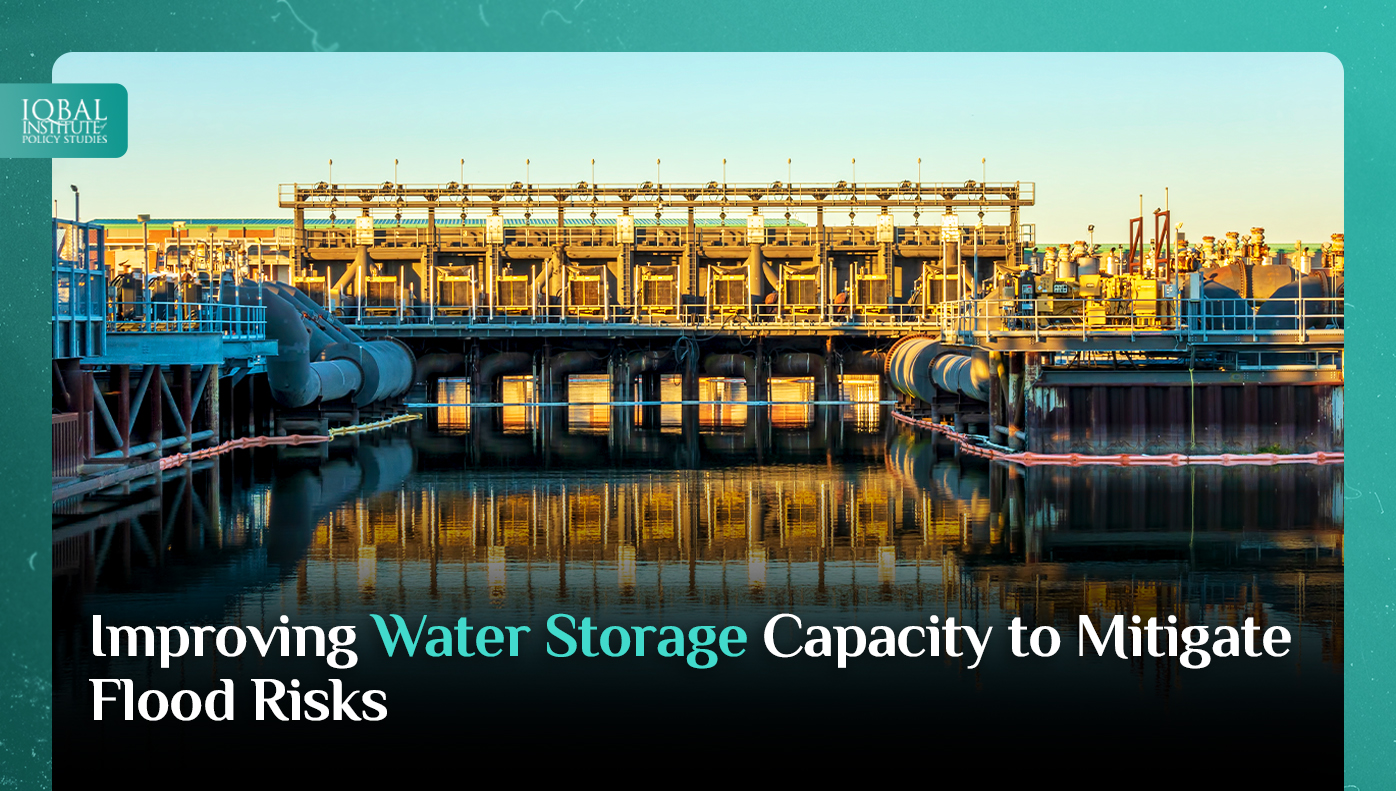The International Monetary Fund (IMF) has reported that Pakistan has ranked third among the countries facing acute water shortage issues. The country has the world’s fourth-highest rate of water use. By 2040, Pakistan will become one of the water-stressed countries in South Asia. Due to silting and sedimentation, the water storage capacity of the two mega dams is just 30 days of average water demand, whereas India has 120-122 days. As per the estimates of the Indus River System Authority (IRAS), Pakistan receives 145 million acre-feet (MAF) every year but has the capacity to store 13.7 MAF. This storage capacity didn’t meet the water demand of the country. Pakistan requires 40 MAF of water, and 29 MAF of flood water is wasted.
Impact of Floods
The key determines that reducing water storage is an increase in population growth which expands the water demand and causes climate change, sedimentation, salination, and less construction of dams due to a lack of financial resources. Water storage is vital due to the frequent occurrence of extreme climate change events. Security of water, food and energy is interlinked. Estimation shows that around 50% of the dams are responsible for irrigating the world’s agriculture sector. Due to low water storage capacity, the agriculture sector will be at the mercy of the changing rainfall patterns.
On the contrary, water scarcity will cause droughts, increasing food insecurity. However, Pakistan is highly dependent on water to produce energy, producing 10,251 MW of hydel energy. The water shortage will increase Pakistan’s reliance on imported fuel, elevating macroeconomic issues such as circular debt, currency instability, inflation, etc.
Best Practices
Technical flood Protection
The governments are protecting their lowland inhabitant from floods by building dams and dikes. These infrastructures play a significant role in coping with high river flows during torrential rainfall periods. Many European countries continuously repair and maintain dikes and dams to improve the drainage system and protect people from recurring floods.
Natural Retention of Floodwater
The construction of dams is highly costly. Another method has been introduced, namely to put aside parts of the river flood plain that can be flooded under high water conditions and serve as a temporary storage basin for flood flows. Many countries, including Denmark, Germany, Netherlands and Sweden, are already setting aside riparian areas for this purpose. These are mainly recreational, farming, or undeveloped areas that can be inundated without great risk to human populations or structures.
Improving Forecasting and Monitoring System
To protect the population from floods early warning system has been introduced. It was first introduced in European countries, and this system collects data from meteorological departments to predict future events to make emergency plans.
Way Forward
Water scarcity will increase social, environmental and economic risks. To mitigate water crises due to lack of storage, the government has to make reforms such as investing in constructing small and medium reservoirs and dams. In floods, the government has to reduce the maintenance and rehabilitation gap of hydraulic assets, increase the drainage capacity, invest in research and development to improve the capacity and strengthen the flood forecasting and early warning system. Pakistan is considered among the most affected countries by climate change, and the government has to take immediate steps to combat future extreme weather conditions



Leave a Reply